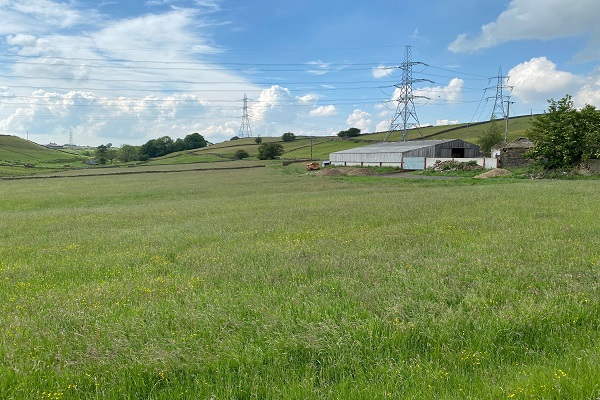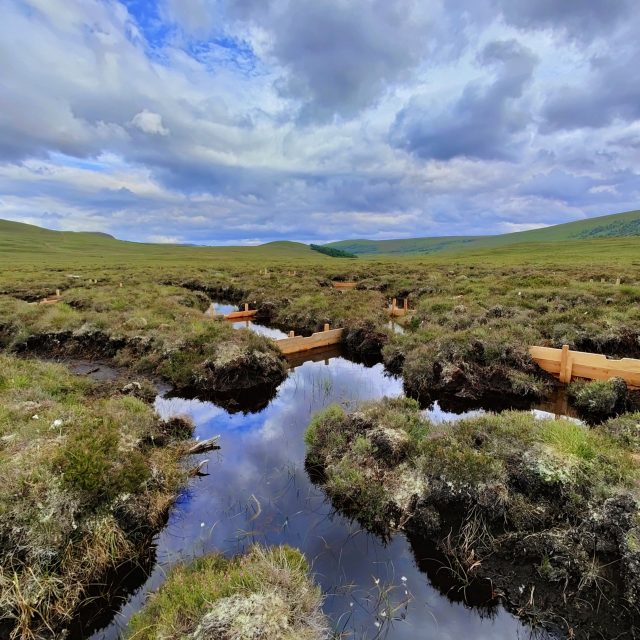Environmental Land Management Schemes (ELMS) – what might they look like?
The government has made it very clear that its direction of travel for a new British Agricultural Policy is about moving to a system of paying “public money for public goods”.
The recent ‘Health and Harmony’ consultation paper spelled out the desire to phase out direct payments to farmers and shift funding into new Environmental Land Management Schemes (ELMS).
It said the aim of the new programme will be to deliver benefits such as improved air, water and soil quality, increased biodiversity, climate change mitigation, cultural benefits and to better protect the historic environment.
The question in many landowners’ minds is how much, if at all, ELMS might differ from the current suite of agri-environment schemes, such as the Countryside Stewardship Scheme (CSS).
At this stage there is little detail available, but according to DEFRA’s consultation paper, the new schemes will be significantly different as they could involve some, or all, of the following:
They will be straightforward to understand and have a streamlined application process. This would directly address one of the main complaints about the current CSS offering.
A more user-friendly system could extend to having rolling monthly start dates to agreements (rather than one chance to apply each year), monthly payments to improve cashflow and other actions to reduce the amount of paperwork involved.
Support would be available to nearly all land managers who wish to enhance their natural environment and there could be enhanced support and continued funding for technical advice on projects that require complex management and meet national priorities.
Capital grants would be available to help land managers move towards more sustainable practices and reduce negative impacts. However, landowners who choose not to access funding to solve some of the challenges could be looking at stricter penalties as the government adopts a fuller “polluter pays” approach.
The government has said it wants to offer “fair rewards and strong incentives for participation” in an Environmental Land Management Scheme, suggesting the formulas for calculating the level of payments are up for debate. Under current agri-environment schemes, the payments farmers receive are based on the income foregone and additional costs of farming in a certain way which some argue is not enough of an incentive.
The government will look at new payment mechanisms in order to achieve environmental outcomes and improve value for money. Instead of offering set payments for set options, it will consider payment by results or holding reverse auctions which would involve landowners submitting individual bids in order to allow them to adopt a new land management practice that bring environmental benefits. DEFRA will also look at the use of conservation covenants which would enable a landowner to dedicate land to long-term conservation purposes in return for payment.
In terms of timing, Defra has said the the ELMS system will be the cornerstone of agricultural policy in England from the end of an agricultural transition (likely to be 2022). Pilot schemes are likely to be commissioned from 2020.
If you would like to talk about how changes in agricultural policy may affect your farm or estate, and what you can do to prepare, then contact George Chichester.






